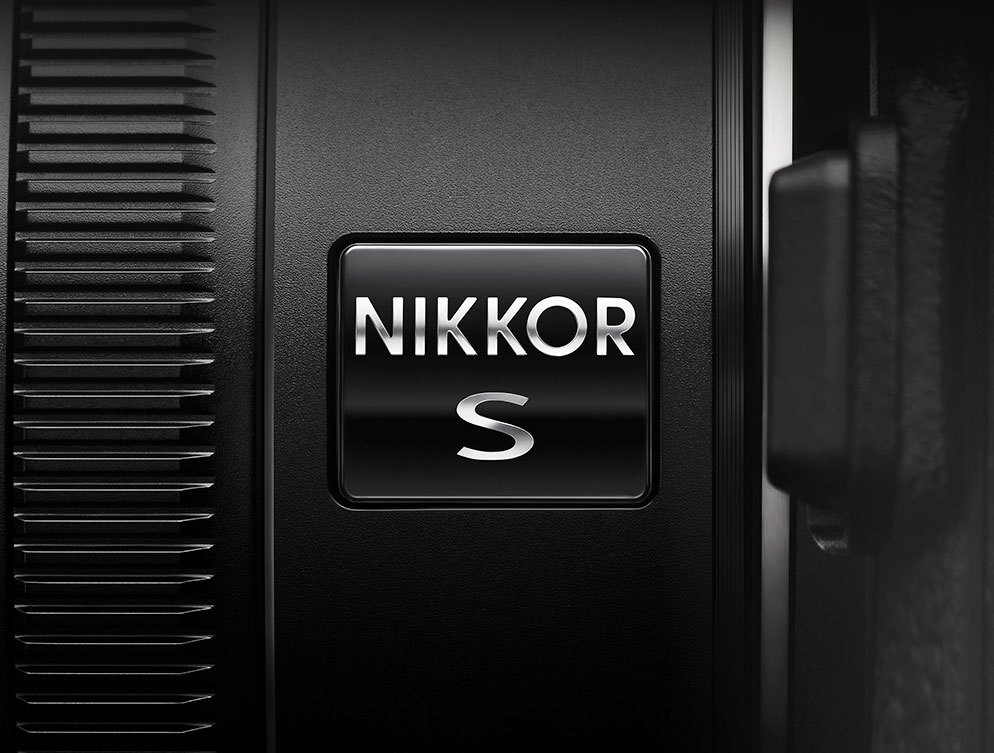S line: A Badge of Honor for NIKKOR Z Lenses
When people discuss the native NIKKOR lenses that are used on the Z series bodies there is usually some confusion about how to refer to them:
-
Can they be referred to as S-line lenses?
-
Can they be referred to as NIKKOR Z lenses?
-
Are both names interchangeable?
The easy answer is that any NIKKOR lens that can be natively mounted on a Z body is a NIKKOR Z lens.
At the top of the NIKKOR Z lineup are lenses that were developed in pursuit of a higher level of optical performance: S-Line.
Nikon has very high standards for any product that is released, but S-line lenses are subject to even more stringent expectations and standards. They are designed to be a step above, and thanks to the flexibility in design that’s now possible due to the larger Z mount, they can provide advantages that can clearly be seen in real-world shooting situations:
-
Shoot wide open—When using an S-Line lens, a photographer can now shoot wide open with little-to-no drop in sharpness.
-
Edge to Edge sharpness—Landscape and architectural photographers will love the fact that edge sharpness is maintained for all NIKKOR Z S-Line lenses.
It may seem counterintuitive that a relatively “slow” f/1.8 prime could have such amazing quality, as many photographers consider only exotic f/1.4 or f/1.2 to be the elite lenses. But again, this is due to the flexibility of the new Z mount and the latest optical technologies found in the S-Line lenses. By creating an f/1.8 lens which provides better quality than its f/1.4 F-mount counterpart, Nikon is providing an unprecedented level of quality while allowing the wider apertured-lens itself to be smaller and lighter. The best of both worlds!
S-Line lenses offer superior resolution. Objects as thin as a human hair are sharply resolved with no color fringing. These lenses feature superb point-image reproduction, even at the widest apertures. Bokeh is natural and smooth, delivering a sense of depth which emphasizes the subject. Resolution of minute details reproduces naturally at close distances through infinity.
For filmmakers, the S-Line lenses offer advanced features including the easy to operate control ring for smooth diaphragm control; minimal sound is produced by the lens during filming and focus-breathing compensation means no shifing of the angle of view when changing the focus point during a shot.
Some of the latest technologies found in many S-Line lenses:
Nano Crystal Coat—An anti-reflective coating developed by Nikon that virtually eliminates internal lens element reflections across a wide range of wavelengths. Nano Crystal Coat solves ghost effects caused by red light and effectively reduces ghost and flare caused by light entering the lens diagonally.
ARNEO Coat—An anti-reflective coating developed by Nikon and used in conjunction with Nano Crystal Coat to further reduce ghost and flair effects caused by incident light entering the lens vertically. This allows for the outstandingly clear capture of images even when a light source is located within the frame
Dust and Drip Resistance—Extensively sealed to keep dust and moisture out, especially around all moving parts of the lens barrel, for worry-free durability.
Multi-Focus System—Finely detailed, high resolution photography can sometimes be susceptible to lens aberrations, such as color fringing, especially at close ranges. An all-new multi-focusing system, consisting of two AF drive units precisely synchronized to deliver fast, accurate autofocusing and drastically reduce aberrations across the entire zoom range.












